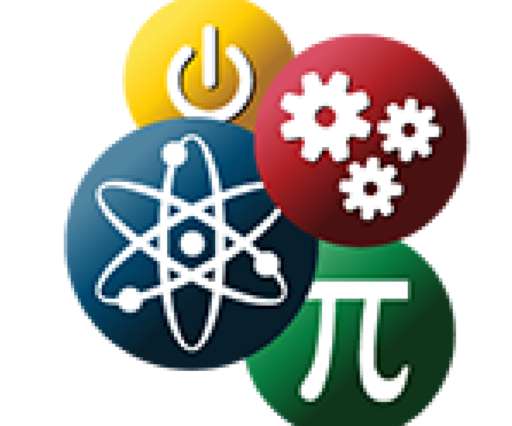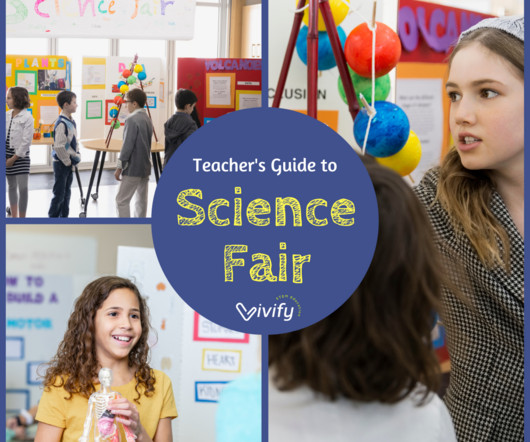9 Hidden Benefits of STEM Curriculum
STEM Sport
JULY 12, 2022
STEM education applies this to students and allows them to practice their skills through trial and error, critical thinking, and collaboration. Foster leadership, communication, and teamwork skills. STEM learning promotes a collaborative environment where students learn how to effectively work in groups.











Let's personalize your content